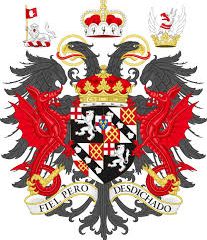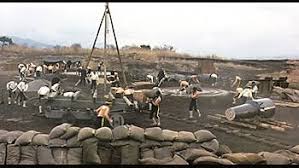The Legacy and History of Yugoslavia

Introduction
The former Yugoslavia stands as a significant chapter in European history, marked by its complex ethnic composition and tumultuous political landscape. Its breakup in the 1990s led to a series of conflicts that reshaped the Balkans. Understanding Yugoslavia’s legacy is essential not just for comprehending the past but also for addressing the ongoing effects in the region today.
The Formation of Yugoslavia
Yugoslavia was officially formed after World War I in 1918, uniting several ethnic groups including Serbs, Croats, and Slovenes under one kingdom. The idea was to create a South Slavic state that would provide a sense of unity among the diverse populations. However, the region’s complicated history of nationalism and ethnic pride would spur future tensions.
The Rise and Fall of Tito
Josip Broz Tito emerged as a unifying figure during and after World War II, leading Yugoslavia through a period of relative stability. His authoritarian rule managed to suppress ethnic divisions, and he became a symbol of non-alignment during the Cold War. However, Tito’s death in 1980 left a power vacuum, and the underlying nationalistic sentiments became more pronounced.
The Breakup and Conflicts
The 1990s marked a tragic turning point for Yugoslavia. Political and ethnic tensions exploded as republics sought independence, leading to the Yugoslav Wars. Conflicts erupted in Croatia, Bosnia and Herzegovina, and Kosovo, resulting in widespread violence, ethnic cleansing, and significant loss of life. The international community intervened through peace accords and NATO interventions, culminating in the establishment of independent states.
Current Relevance
Today, the legacy of Yugoslavia continues to influence the political landscape in the Balkans. While nations like Croatia and Slovenia have successfully integrated into the European Union, others still grapple with the shadows of the past. Issues surrounding identity, political stability, and economic development are ongoing challenges that stem directly from the division of Yugoslavia.
Conclusion
Understanding the history and impact of Yugoslavia is crucial for grasping the contemporary social and political dynamics of Southeast Europe. The events that unfolded during its dissolution still reverberate today, as the region strives for peace and reconciliation. As the countries of the former Yugoslavia navigate their paths towards a stable future, the lessons learned from this complex history will significantly shape their trajectories.









